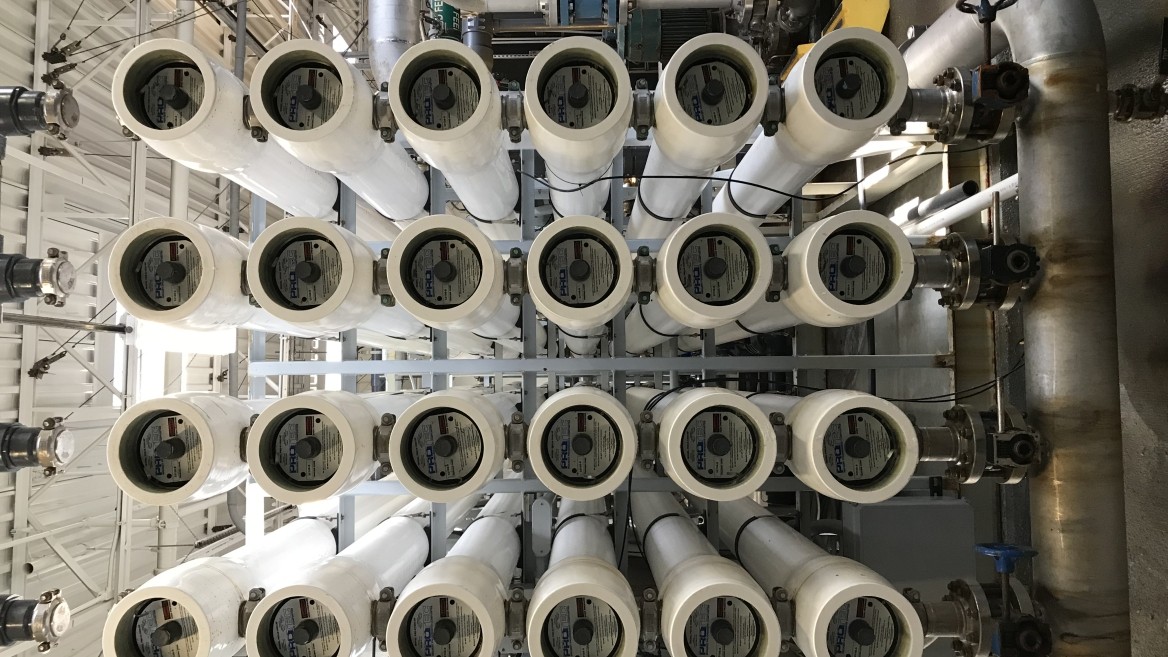Sand City Coastal Desalination Plant Evaluation

Greeley and Hansen, A TYLin Company, collaborated with California American Water to evaluate the Sand City Coastal Desalination Plant for optimization and improvements.
The project team reviewed documentation of the Sand City Coastal Desalination Plant to evaluate the data, identify opportunities for optimization and improvements, and summarize all findings in a Technical Memorandum. The goal of this project was to optimize the Sand City Coastal Desalination Plant (Plant) to reach its design capacity of 300 acre-feet. Multiple issues had been noticed in previous years that have impacted performance of the Plant. Continuous issues with variable-frequency drives (VFD) and starter failures have occurred and are attributed to high moisture levels due to the coastal location of the Plant and existing enclosures not suited to these conditions. Multiple VFDs have failed requiring atypical replacement schedules of the VFDs. Further, the Plant has had difficulty achieving the Brine Discharge Limit of 35,000 mg/L total dissolved solids (TDS) because of high influent TDS.
The Plant has blended the brine discharge with the maximum gallons per minute (GPM) of raw water allowed to try and achieve this limit while also staying below 740,000 gallons per day (GPD) of discharge. Chlorine damage to membranes was a recent occurrence and discovered when the Plant was unable to meet the Log Removal Value. New membranes were introduced in Train A and a high chlorine solution was placed through the empty vessels. This resulted in damage to the membranes and O-rings. The impacted membranes were moved to other vessels, and it was noted that no individual vessel can be greater than 20% in conductivity than the conductivity of the permeate. The project resulted in recommendations to optimize the performance of the plant.
Project Highlights
-
Provided assessment of the Plant’s ongoing challenges
-
Evaluation of coastal high-moisture levels on plant equipment
-
Optimization opportunities identified to improve performance of the plant